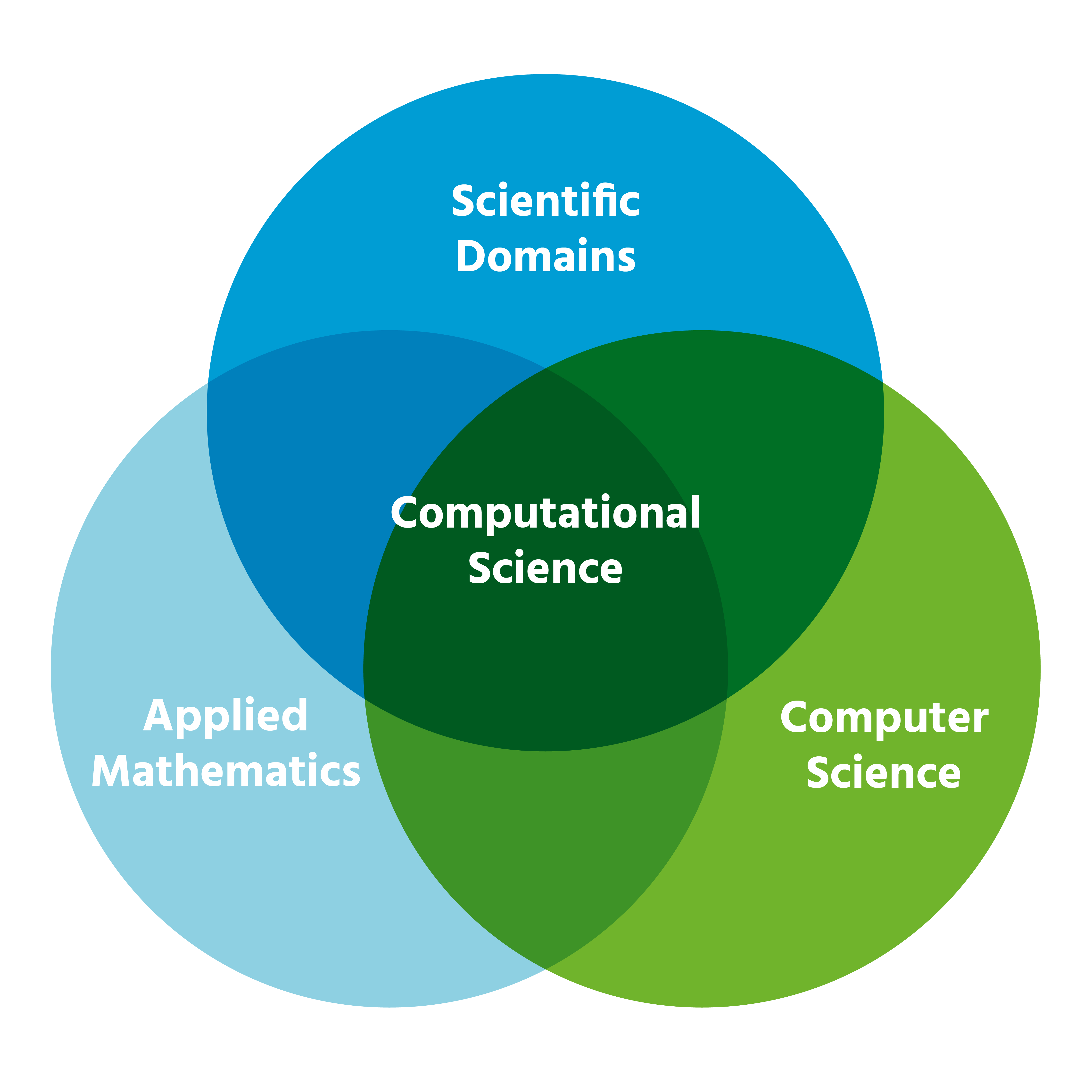Is It Possible to Teach Yourself Martial Arts? A Comprehensive Guide to Self-Directed Training
Introduction
Learning martial arts has long been associated with dojos, expert instructors, and dedicated training partners. Yet many individuals wonder: Can you teach yourself martial arts? This question is especially relevant for those with limited access to professional training or those seeking flexibility and independence in their learning journey. This article provides a comprehensive look at the realities, challenges, and actionable steps for self-teaching martial arts, drawing on current expert perspectives and real-world examples.

Source: wikihow.com
The Feasibility of Self-Teaching Martial Arts
Teaching yourself martial arts is feasible but requires a high degree of discipline and commitment . Without the structure of a formal class, self-learners must rely on their motivation and ability to structure their own progress. Progress can be slower and more challenging, especially for beginners, but with a focused approach and consistent practice, skill development is possible. Some practitioners have successfully developed their skills independently, especially when leveraging high-quality resources and maintaining a regular training schedule [1] .
Benefits of Self-Teaching Martial Arts
The primary advantages of self-directed learning in martial arts include flexibility, customization, and the development of self-discipline:
- Flexibility : Train on your own schedule and focus on techniques or styles that interest you most.
- Customization : Adapt your training plan to your unique goals, fitness level, and preferred learning pace.
- Self-Discipline : Managing your own progress builds discipline, accountability, and mental resilience.
Some learners benefit from the ability to explore a variety of techniques and styles, especially when they are not constrained by a traditional curriculum or instructor’s preferences [2] .

Source: tsk.com
Challenges and Limitations
Despite its potential, self-teaching comes with significant challenges that must be carefully managed:
- Technique Accuracy : Without expert feedback, it’s easy to develop bad habits or incorrect forms, which can impede progress and increase injury risk.
- Motivation and Consistency : Maintaining regular, high-quality practice sessions requires strong self-motivation.
- Lack of Sparring Experience : Martial arts often involve partner drills and live sparring, which are difficult to replicate alone. This limits the ability to test techniques under realistic conditions.
- Slow Progression : Mastering complex movements or understanding the principles behind techniques can take much longer without guidance [2] .
Many experts emphasize that while solo practice is valuable, it cannot fully replace the benefits of in-person, instructor-led training-particularly for advanced skills and effective self-defense [4] .
How to Teach Yourself Martial Arts: Step-by-Step Guidance
- Define Your Goals Begin by clarifying your primary motivation: self-defense, fitness, competition, or personal growth. Understanding your goals shapes your approach, resource selection, and training priorities.
- Choose a Suitable Martial Art Some martial arts are more accessible for solo learners. For example, striking arts like boxing, kickboxing, or shadow Muay Thai can be practiced alone, while grappling arts (like Brazilian Jiu-Jitsu) are more challenging without a partner. Do research on styles and select one that fits your objectives and available resources [5] .
- Develop a Structured Training Plan Set a weekly schedule outlining skills to practice, physical conditioning, and review periods. Consistency is key. Detailed plans help ensure balanced development and track progress.
- Leverage High-Quality Resources Utilize professionally produced online tutorials, instructional videos, and written guides from established martial artists. Many respected instructors and organizations provide free or paid content on well-known platforms. When selecting resources, prioritize those with clear credentials and positive community feedback.
- Practice with Focus and Intention Perform drills, forms (kata), and conditioning exercises with a focus on correct form and gradual progression. Record your practice sessions (using a smartphone or camera) to review and self-correct technique.
- Seek Feedback and Community Support Join online forums, social media groups, or virtual communities dedicated to martial arts. Share your progress, ask questions, and request feedback from experienced practitioners. While not a substitute for in-person coaching, such communities offer valuable insights and motivation.
- Prioritize Safety Warm up thoroughly, progress gradually, and avoid pushing beyond your current skill level without proper supervision. Focus on injury prevention, especially when attempting complex movements.
- Regularly Re-Evaluate and Adjust Periodically reassess your goals, strengths, and weaknesses. Adapt your training plan as you gain experience and identify new areas for improvement.
Real-World Examples and Case Studies
Many martial artists have started their journeys independently, especially in areas with limited access to dojos or professional instructors. For example, practitioners growing up in rural areas have relied on family members, friends, or self-study using available books and online resources [4] . While some have achieved notable skill, nearly all emphasize the eventual importance of hands-on experience and expert feedback for advanced proficiency.
Alternative Pathways and Hybrid Approaches
If full self-teaching is not producing desired results, consider these alternatives:
- Occasional Private Lessons : Even infrequent sessions with a qualified instructor can help correct technique and provide valuable direction.
- Workshops and Seminars : Attend martial arts workshops when possible to gain hands-on experience and network with other practitioners.
- Partner Training : Find a training partner with similar goals. Practicing together, even as beginners, can improve motivation and provide critical feedback.
- Virtual Coaching : Some instructors offer remote coaching, reviewing your training videos and providing personalized advice.
Remember, the martial arts journey is highly personal. Some will thrive as self-taught practitioners, while others may benefit more from a blended approach.
Potential Challenges and Solutions
Common obstacles include lack of feedback, low motivation, and difficulty accessing instructional material. Overcoming these requires proactive strategies:
- To address lack of feedback : Use video analysis, online forums, and, if possible, occasional in-person check-ins.
- For motivation : Set clear, achievable goals, celebrate small milestones, and engage with supportive communities.
- For resource limitations : Seek out reputable YouTube channels, published books, and instructional apps with strong reviews and industry recognition.
Key Takeaways
Self-teaching martial arts is both possible and rewarding for those with the necessary discipline and resourcefulness. While it cannot fully replicate the benefits of expert-led instruction and sparring, it remains a viable path for personal growth, fitness, and foundational skill development. For best results, combine structured self-study with community engagement and, when feasible, periodic guidance from qualified practitioners. Always prioritize safety, gradual progression, and continuous learning. If you wish to explore more, you can search for local dojos, certified instructors, or virtual learning options using well-known search engines or by visiting platforms dedicated to martial arts education.
References
MORE FROM searchhole.com













